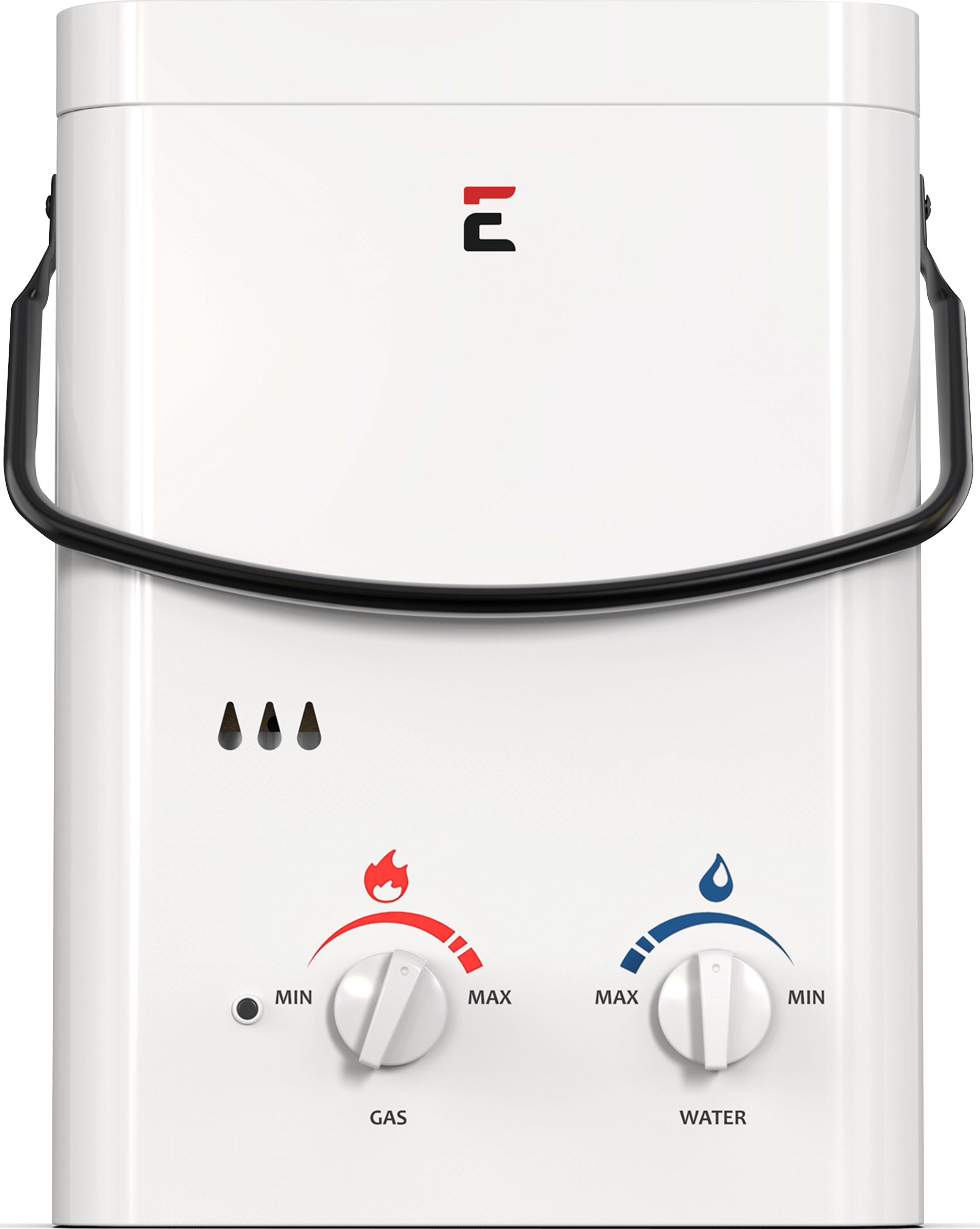
When you're on the move and in need of hot water for a quick cup of coffee, a warm shower, or to wash dishes while camping, a small portable water heater can be a game-changer. These handy devices provide instant hot water wherever you are, making your outdoor adventures or travels more comfortable and convenient. In this guide, we will explore the benefits of small portable water heaters and provide tips on how to choose the right one for your needs.
The Benefits of Small Portable Water Heaters
Convenience
- Instant hot water on the go
- Eliminates the need to heat water on a stove or fire
- Great for camping, RVs, road trips, and outdoor activities
Energy-Efficient
- Heats water quickly, reducing energy consumption
- Some models come with adjustable temperature settings
- Can be powered by electricity, gas, or batteries
Compact and Lightweight
- Easy to carry and transport
- Does not take up much space
- Perfect for small living spaces or traveling light
Types of Small Portable Water Heaters
Electric Water Heaters
Electric portable water heaters are easy to use and can be plugged into a standard power outlet. They are suitable for indoor and outdoor use and are available in various sizes and capacities.
Propane Water Heaters
Propane water heaters are ideal for outdoor use, such as camping or RV trips. They are powered by propane gas canisters and provide hot water quickly and efficiently.
Battery-Powered Water Heaters
Battery-powered water heaters are highly portable and convenient for on-the-go use. They are powered by rechargeable batteries and can be used anywhere, even in remote locations without electricity.
Factors to Consider When Choosing a Small Portable Water Heater
Capacity
- Determine how much hot water you will need
- Consider the number of people using the water heater
- Choose a capacity that meets your needs
Power Source
- Electric, propane, or battery-powered
- Consider your access to power sources
- Choose a power source that is convenient for your usage
Portability
- Consider the size and weight of the water heater
- Choose a compact and lightweight model for easy transportation
- Ensure it is suitable for your intended use (camping, traveling, etc.)
Temperature Control
- Some models come with adjustable temperature settings
- Consider your preference for water temperature
- Choose a water heater with the desired temperature control features
Tips for Using Small Portable Water Heaters
- Read the manufacturer's instructions carefully before use
- Ensure the water heater is placed on a stable and level surface
- Follow safety precautions and guidelines for the specific type of water heater
- Regularly clean and maintain the water heater for optimal performance
- Keep spare parts and accessories handy for any necessary replacements
With a small portable water heater, you can enjoy the convenience of hot water wherever your adventures take you. Whether you're camping in the wilderness, traveling in your RV, or simply need a quick hot shower at a remote location, these compact devices provide effortless warmth on the go. Choose the right water heater for your needs, and make your outdoor experiences more comfortable and enjoyable.


.png)




